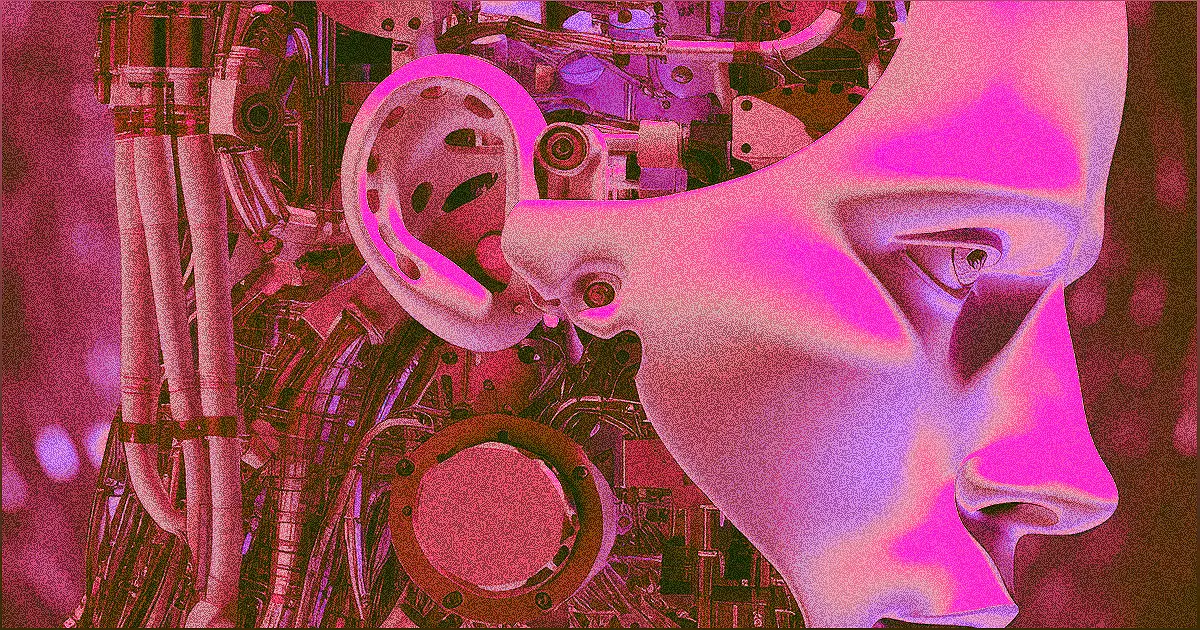The Chinese government is on a mission to revolutionize the robotics industry. With a rapid timetable in mind, China's Ministry of Industry and Information Technology (MIIT) has issued a nine-page advisory calling for the mass production of humanoid robots by 2025. This ambitious plan aims to establish China as the global leader in humanoid robot technology by 2027. The MIIT is specifically focusing on developing the 'brain,' 'cerebellum,' and 'limbs' of these robots, leveraging recent advancements in artificial intelligence capabilities. Join us as we delve into China's groundbreaking initiative and explore the future of humanoid robots.
China's Push for Mass Production of Humanoid Robots
Discover China's ambitious plan to mass produce humanoid robots and become a global leader in the industry.
China's Ministry of Industry and Information Technology (MIIT) has set a bold target to establish a humanoid robot innovation system and achieve mass production of these robots by 2025. With recent advancements in artificial intelligence, China aims to develop the 'brain,' 'cerebellum,' and 'limbs' of humanoid robots. This initiative reflects China's determination to lead the global robotics industry by 2027.
But what does mass production of humanoid robots mean for the future? How will these robots be utilized in various sectors? Let's explore the implications and potential applications of China's ambitious plan.
Key Technologies for Humanoid Robots
Uncover the key technologies that China aims to develop for humanoid robots.
China's advisory from the MIIT emphasizes the need to make breakthroughs in several key technologies for humanoid robots. These technologies include advanced artificial intelligence capabilities, sensory perception, mobility, and dexterity. By focusing on these areas, China aims to create humanoid robots that can effectively navigate and interact with their environment.
Imagine a humanoid robot with the ability to understand and respond to human emotions, perform complex tasks, and adapt to different situations. These key technologies will pave the way for the next generation of intelligent and versatile robots.
Humanoid Robots in Harsh and Dangerous Conditions
Explore the potential applications of humanoid robots in harsh and dangerous environments.
The MIIT's advisory also highlights the importance of developing humanoid robots that can operate in harsh and dangerous conditions. While the specific conditions are not mentioned, it opens up possibilities for applications in industries such as disaster response, hazardous material handling, and exploration of remote or hostile environments.
Imagine humanoid robots assisting in search and rescue missions, safely handling hazardous substances, or exploring deep-sea or space environments. These robots could revolutionize how we approach dangerous tasks and protect human lives.
China's Progress in Robotics
Learn about China's advancements in the field of robotics and its impact on the global landscape.
China has been making significant strides in the field of robotics in recent years. The country has invested heavily in research and development, fostering innovation and collaboration between academia, industry, and government. This has led to breakthroughs in various areas, including industrial automation, service robots, and now humanoid robots.
China's progress in robotics not only strengthens its domestic industries but also has implications for the global landscape. As China aims to become the global leader in humanoid robot technology, it will likely drive competition and innovation worldwide, shaping the future of robotics.
Conclusion
China's ambitious plan to mass produce humanoid robots by 2025 reflects the country's determination to lead the global robotics industry. By focusing on key technologies and developing robots capable of operating in harsh conditions, China aims to revolutionize various sectors and pave the way for a future where humanoid robots play a significant role.
With advancements in artificial intelligence and the rapid progress in robotics, we can expect to see incredible innovations in the coming years. China's push for mass production of humanoid robots is just the beginning of a new era where intelligent machines coexist with humans, transforming industries and shaping the future.
FQA
What is the timeline for China's plan to mass produce humanoid robots?
China aims to achieve mass production of humanoid robots by 2025 and become the global leader in the industry by 2027.
What are the key technologies China is focusing on for humanoid robots?
China is focusing on developing advanced artificial intelligence capabilities, sensory perception, mobility, and dexterity for humanoid robots.
What are the potential applications of humanoid robots in harsh conditions?
Humanoid robots could be used in industries such as disaster response, hazardous material handling, and exploration of remote or hostile environments.
How will China's progress in robotics impact the global landscape?
China's advancements in robotics will drive competition and innovation worldwide, shaping the future of the robotics industry.

